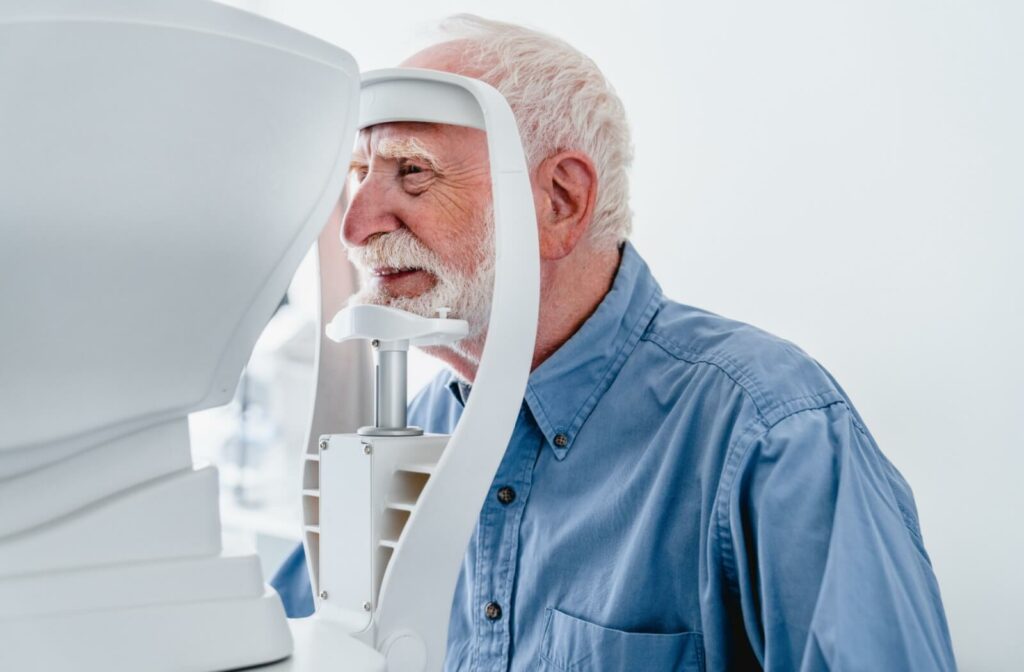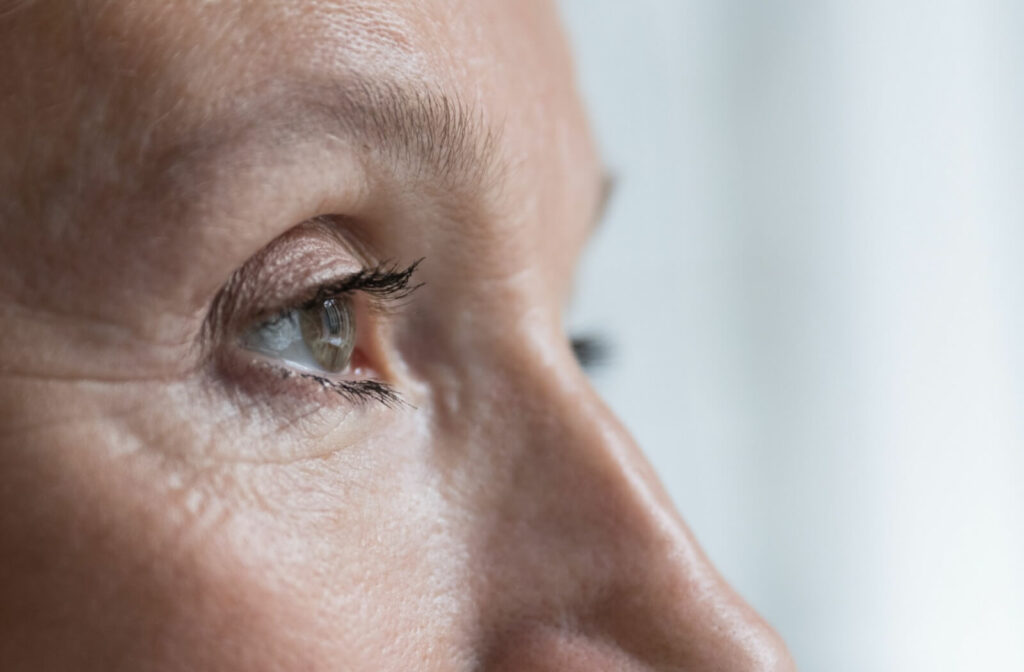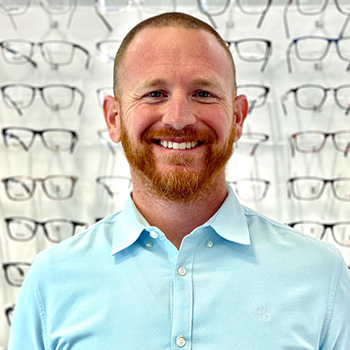Vision changes can be subtle, but some symptoms might signal more serious issues like cataracts or glaucoma.
Imagine seeing the world through a foggy window or feeling like there’s a shadow creeping over your vision—these could be signs that something’s amiss.
Understanding these symptoms can be crucial for maintaining your eye health. Cataracts typically cause blurry vision and increased sensitivity to light, while signs of glaucoma might be tunnel vision and severe eye pain.
Knowing these differences can help you seek the right treatment at the right time.
Understanding Cataracts & Glaucoma
What Are Cataracts?
Cataracts develop when the lens of your eye becomes cloudy. This cloudiness can interfere with your vision, making everyday tasks difficult, like:
- Reading
- Driving
- Recognizing faces
Cataracts are most commonly age-related, but they can also develop due to trauma, radiation exposure, or even congenital factors.
What Is Glaucoma?
Glaucoma, on the other hand, is often referred to as the “silent thief of sight”. It’s a group of eye conditions characterized by damage to the optic nerve, usually caused by increased pressure within the eye.
Unlike cataracts, glaucoma can lead to irreversible vision loss if not detected and treated early.
Key Differences
While both conditions affect vision, they do so in different ways. Cataracts primarily cause a gradual blurring of vision, while glaucoma often starts with peripheral vision loss.
How Cataracts Affect Vision
Clouded Vision
Cataracts cause your eye’s lens to become cloudy, leading to overall blurred vision. This cloudiness worsens over time, affecting one’s ability to see clearly and making colors appear faded.
Double Vision
Sometimes, cataracts can cause double vision in one eye. This can be disorienting and can significantly impact daily activities, from reading to driving.
Frequent Prescription Changes
If you find yourself needing to change your glasses or contact lens prescription more frequently than usual, it could be a sign of progressing cataracts. The constant changes are due to the shifting lens opacity caused by the cataract.
Early Symptoms of Glaucoma
Eye Pain & Headaches
Some types of glaucoma can cause severe eye pain and headaches. This isn’t a common symptom for all forms of glaucoma, but it’s worth noting, especially for acute angle-closure glaucoma.
Halos Around Lights
Seeing halos around lights, especially at night, can be an early sign of glaucoma. This symptom occurs due to the increased pressure within the eye, which affects how light is processed.
The Progression of Glaucoma Symptoms
Gradual Vision Loss
Unlike cataracts, glaucoma symptoms often progress slowly and can go unnoticed until significant vision loss occurs.
Initially, the peripheral vision is affected, but if untreated, central vision will also deteriorate.
Redness in the Eye
Eye redness can be a symptom of glaucoma, especially in acute cases. This redness is usually accompanied by pain and visual disturbances.
Nausea and Vomiting
In severe cases, such as acute angle-closure glaucoma, the symptoms can be quite intense, including nausea and vomiting.
These symptoms usually come on suddenly and require immediate medical attention.
Treatment Options for Cataracts & Glaucoma
Cataract Surgery
The most effective treatment for cataracts is surgery. During this procedure, the cloudy lens is removed and replaced with an artificial one. Cataract surgery is generally safe and has a high success rate, restoring clear vision for most patients.
Medications for Glaucoma
Glaucoma treatment often begins with prescription eye drops that help lower intraocular pressure. These medications are essential for slowing the progression of the disease.
Surgical Options for Glaucoma
If medications aren’t effective, surgical options like laser therapy or drainage tubes may be considered. These procedures aim to reduce eye pressure and prevent further optic nerve damage.
Preventive Measures & Eye Health

Regular Eye Exams
One of the most important preventive measures you can take is to schedule regular eye exams. Early detection is key to managing both cataracts and glaucoma effectively.
Healthy Lifestyle Choices
Maintaining a healthy lifestyle can also contribute to better eye health. This includes:
- Eating a balanced diet rich in antioxidants
- Exercising regularly
- Avoiding smoking
Protective Eyewear
Wearing protective eyewear can prevent eye injuries that could lead to conditions like cataracts. Sunglasses that block UV rays are also beneficial for maintaining overall eye health.
Protect Your Vision
Both glaucoma and cataracts can severely impact your quality of life, but timely medical intervention can make a significant difference.
Taking preventive measures, such as regular eye exams and maintaining a healthy lifestyle, can help protect your vision.For personalized advice and treatment options, book an appointment with Dr. Bittel Optometry. Your vision is too important to ignore—take action today to ensure a clear and healthy future.


